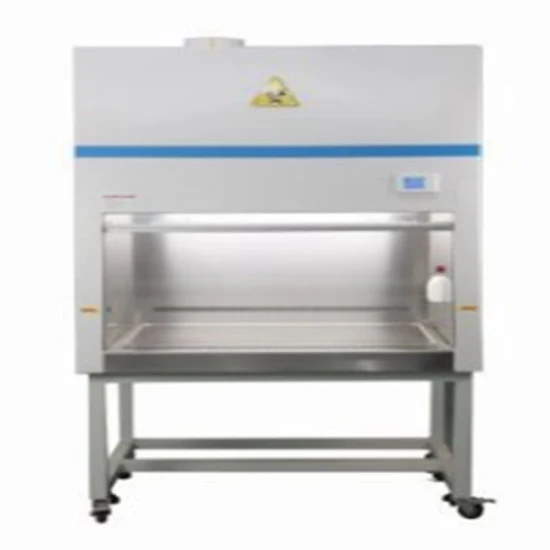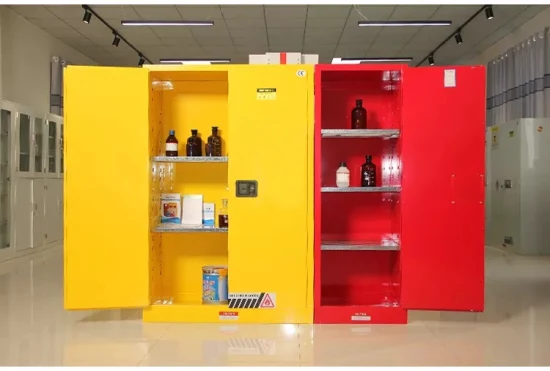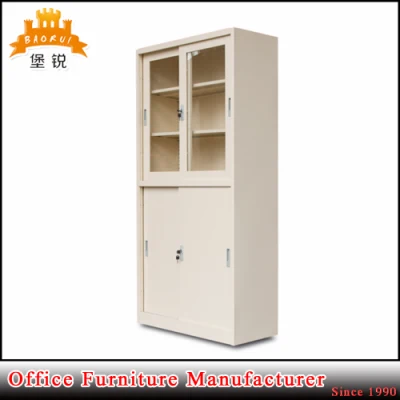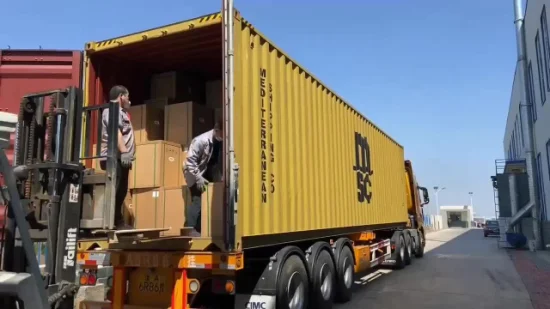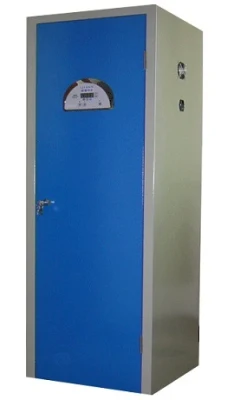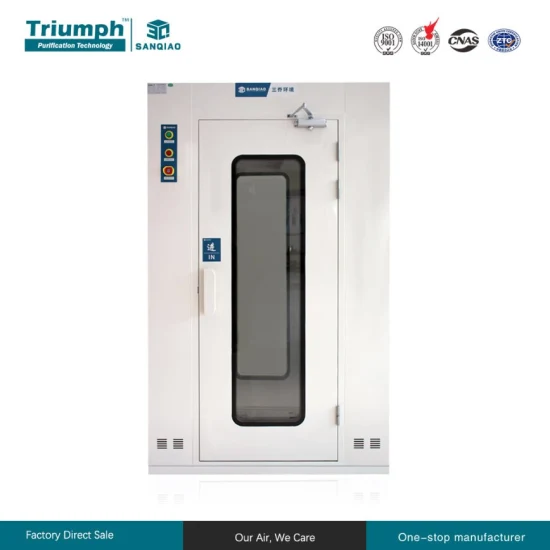
Acid & Alkali Resistant Fireproof Chemical Laboratory Bench
Overview Package Size 1900.00cm * 900.00cm * 2100.00cm Package Gross Weight 360.000kg Product Description A ductless fum
Send your inquiryDESCRIPTION
OverviewBasic Info.
| Model NO. | WJ-DL1600 |
| Feature | Corrosion Resistance, Heat Resistant, Acid & Alkali Resistant, Fireproof, Explosion Proof |
| Hood Type | Standard |
| Color | Grey |
| Customized | Customized |
| Condition | New |
| Input Power | 110V-240V |
| Filter | 370*395*50mm |
| Application | Environment/Institute/Biology Lab/Chemical Lab |
| Face Velocity | 0.4-0.6 M/S |
| Liner Material | Ceramic Fiber Board |
| Sash | Tempered Glass |
| Worktop | 20+6 mm Ceramic |
| Product Name | Ductless Fume Hood |
| Transport Package | Standard Export Wooden Case Packing |
| Specification | 1600*790*1245 MM |
| Trademark | Ample |
| Origin | Chengdu, China |
| HS Code | 8414809090 |
| Production Capacity | 200 Set/Month |
Packaging & Delivery
Package Size 1900.00cm * 900.00cm * 2100.00cm Package Gross Weight 360.000kgProduct Description
Product Description
A ductless fume hood is a stand alone, compact workstation that provides a continuous flow of air that filters hazardous fume vapors out, recirculating clean air back into your working environment. Because the air is recirculated, no exterior ducting or makeup air is necessary. These air filtration systems are designed to keep harmful airborne contaminants away from the operator's respiratory zone while they work within the hood.
Also referred to as exhaust hoods, these containment systems are used for a variety of applications including chemical fume control, powder and dust removal, solvent vapor control, pharmaceutical powder filling, light grinding, acid gas fumes, anesthesia gas containment, epoxy fume control and other applications that produce hazardous particulates and fumes.
Ductless fume hoods offer several key advantages when weighing your options versus a ducted fume hood:
-No costly ducting or venting
-No permitting issues for venting outside of the building
-Adaptable (mobility and ease in change of layout)
-Environmentally friendly
-Significant energy cost saving
| ModelParameters | YT-1500A | YT-1500B | YT-1500C | YT-1800A | YT-1800B | YT-1800C |
| Size (mm) | 1500(W)*865(D)*2400(H) | 1800(W)*1205(D)*2400(H) | ||||
| Worktop Size (mm) | 1260(W1)*795(D1)*1100(H1) | 1560(W1)*795(D1)*1100(H1) | ||||
| Worktop | 20+6mm Ceramic | 20+6mm Ceramic | 12.7mm Solid Physiochemical Board | 20+6mm Ceramic | 20+6mm Ceramic | 12.7mm Solid Physiochemical Board |
| Liner | 5mm Ceramic Fibre | 5mm Compact Laminate | 5mm Compact Laminate | 5mm Ceramic Fibre | 5mm Compact Laminate | 5mm Compact Laminate |
| Diversion Structure | Back Absorption | |||||
| Control System | Touch-Tone Control Panel (LED Screen) | |||||
| Input Power | 220V/32A | |||||
| Fan Power | Less than 2.8 A | |||||
| Socket Max. Load | 5KW | |||||
| Faucet | 1 Set | |||||
| Drainage Mode | Natural Fall | |||||
| Storage | Double-Lock, Corrosion-Resistant, Damp-proof, Multi-layer Solid Wood with Mobile Wheel | |||||
| Application | Indoor No-blast, 0-40 ºC | |||||
| Application Field | Organic Chemical Experiment | |||||
| Face Velocity Control | Manual Control | |||||
| Average Face Velocity | 0.3-0.5 m/s Exhaust: 720-1200m³/h | 0.3-0.5 m/s Exhaust:900- 1490m³/h | ||||
| Face Velocity Deviation | Less than 10% | |||||
| Average Illumination | Less than 500 Lux | |||||
| Noise | Within 55 dB | |||||
| Exhaust Air | No Residue | |||||
| Safety Test | In Accord with International Standard | |||||
| Resistance | Less than 70Pa | |||||
| Add Air Function | Distinctive Structure (Need Exclusive Add Air System) | |||||
| Air Flow Control Valve | Dia. 250mm Flange Type Anti-Corrosion Control Valve | Dia. 315mm Flange Type Anti-Corrosion Control Valve | ||||
Benchtop ductless fume hoods (also known as recirculating fume hoods) are portable ductless enclosures with folding sash that remove hazardous fumes, vapors and particles from the laboratory.
The air is directed into the filter chamber which houses various filter media (HEPA / Carbon) dependent on the type of particulate / vapor is generated. Different filtration combinations such as one or two types of carbon filter, only a HEPA filter, or a HEPA and a carbon filters.
You can use standard activated carbon to chemically adsorb organic vapors, specialty carbon for acid gasses or Ammonia and HEPA Filter a 99.97% efficient particulate (0.3 Micron) filter for chemical powders and particulates.
The advantage of using a ductless fume hood is cheaper installation since no ductwork or wall penetration required, (require filter replacement only). Another pro is portability of ductless exhaust hoods, they can be easily moved to different location within the lab.
You should consider there are some chemicals that won't be effectively filtered with duct-free filtered fume hoods. For such applications, ducted fume hood is recommended
Certifications FAQ
What Is a Fume Hood?
A fume hood is a piece of laboratory equipment designed to minimize a person's exposure to hazardous chemicals. The fume hood draws away harmful vapors so lab employees can work with chemicals without the risk of accidental exposure. The air is extracted from the fume hood and filtered to remove dangerous vapors, and then either exhausted outside of the building or recirculated back into the lab.
How Does a Fume Hood Work?
The fume hood works by using a sash (a window that opens or closes to protect the user) to contain the vapor and keep it away from the user's face or to prevent it from drifting out into the rest of the laboratory. Blowers draw in air from the room, through a filter or number of filters within the fume hood and towards an exhaust area.
To safely work in a fume hood, keep all work at least six inches away from the plane of the sash. This will ensure fumes are pulled away from the user. Also, make sure the hood sash remains closed as much as possible and keep the hood slots and baffles free of any obstructions by containers or equipment. Never place your head inside the fume hood when working with chemicals.
The airflow will differ depending on the type of hood you use. For a constant air volume (CAV) hood, the fan has only one speed, providing a stable and continuous airflow. A variable air volume (VAV) hood allows users to adjust the velocity of the exhaust for added versatility, while reduced air volume (RAV) hoods offer lower airflow performance, making them ideal for working with less harmful compounds.
It's the air being sucked through the fume hood, not the fume hood itself that consumes so much energy. For health and safety reasons, labs use 100% outside air which must be heated or cooled for comfort before it is brought into the lab. In addition to the energy required to condition the air, a significant amount of additional electricity is required to run large fans to move the air through the building and through the fume hoods.
How does shutting the sash save energy?
Most fume hoods at Stanford are variable air volume (VAV), meaning that the fume hoods are designed to vary the air flow based on how wide open the sash height is. Sash position is connected to the building's ventilation system so that a building's fan speed and the volume of air moved is reduced when the sash is lowered.
Is it safe to shut the sash?
The sash is an important safety barrier between the fume hood interior and the laboratory, protecting the lab user. Sashes should be opened only to set up or modify an experiment. At all other times, shutting the sash is safest. When the sash is shut there is still some air flow through the hood to remove any fumes.
How do I remind myself and my roommates to close the sash?
You can post a sticker, like the one shown in the picture below, to remind yourself and your lab mates to close the sash when not in use. The sticker also educates new fume hood users tha a lower sash is safer, and that the sash should only be open when setting up and modifying experiments.
Project Cases
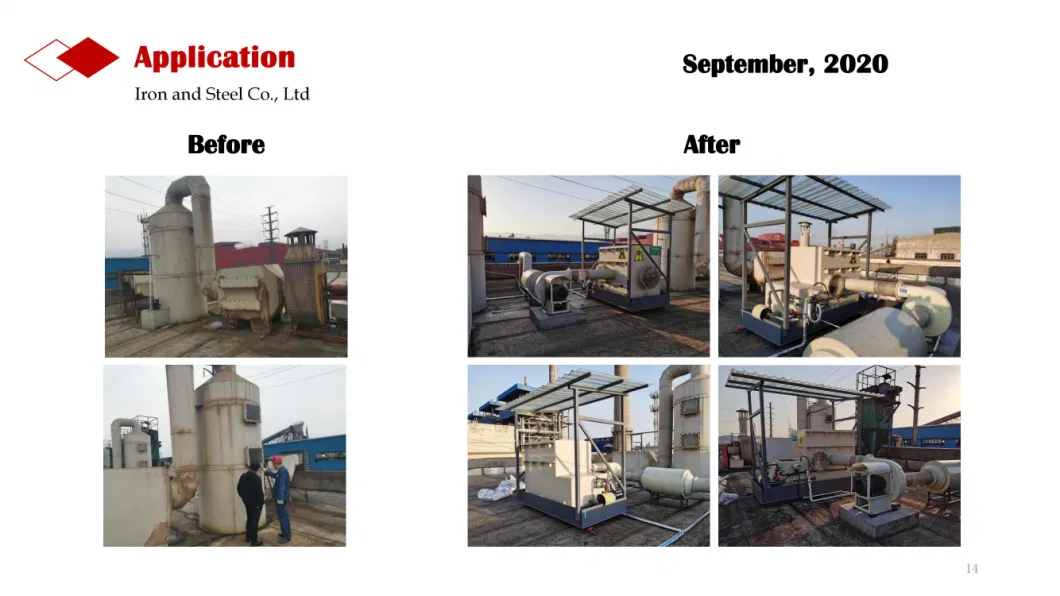
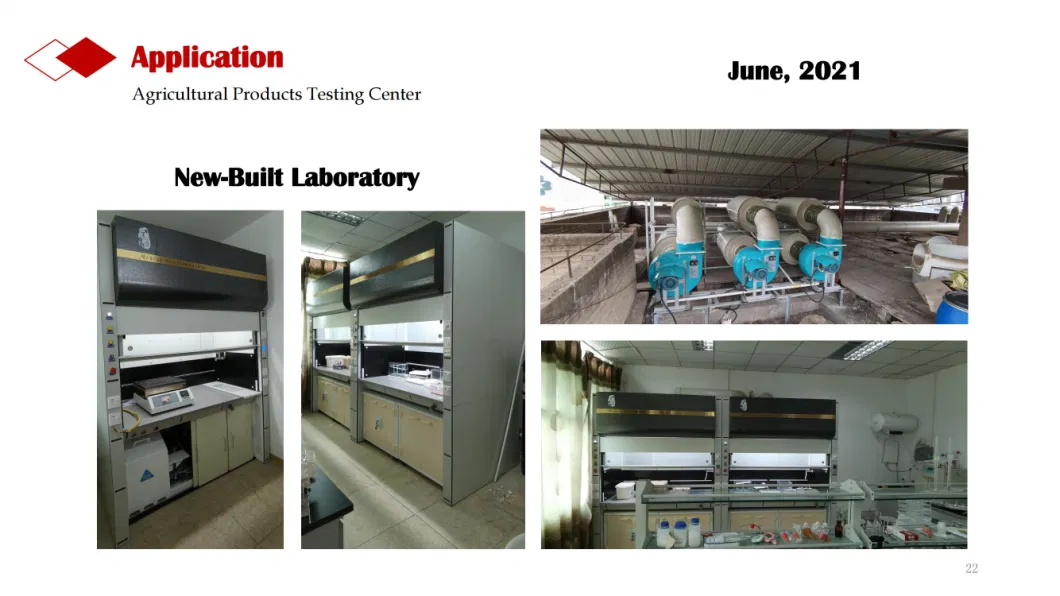
Related Products
-
![Hj Clean Tech Sterilization Vhpb Sterilizer Passing Box]()
Hj Clean Tech Sterilization Vhpb Sterilizer Passing Box
-
![Gas Pipeline Systems Clinical Dentistry Laboratory Air System Anesthetic Gases Freeze Dehydration Purify Canned Negative Pressure Medical Vacuum System]()
Gas Pipeline Systems Clinical Dentistry Laboratory Air System Anesthetic Gases Freeze Dehydration Purify Canned Negative Pressure Medical Vacuum System
-
![Factory Supply High Quality Stainless Steel 304 Clean Room Automatic Door Air Shower]()
Factory Supply High Quality Stainless Steel 304 Clean Room Automatic Door Air Shower
-
![Laboratory Room Biometric Chemical Resistance Worktop]()
Laboratory Room Biometric Chemical Resistance Worktop



